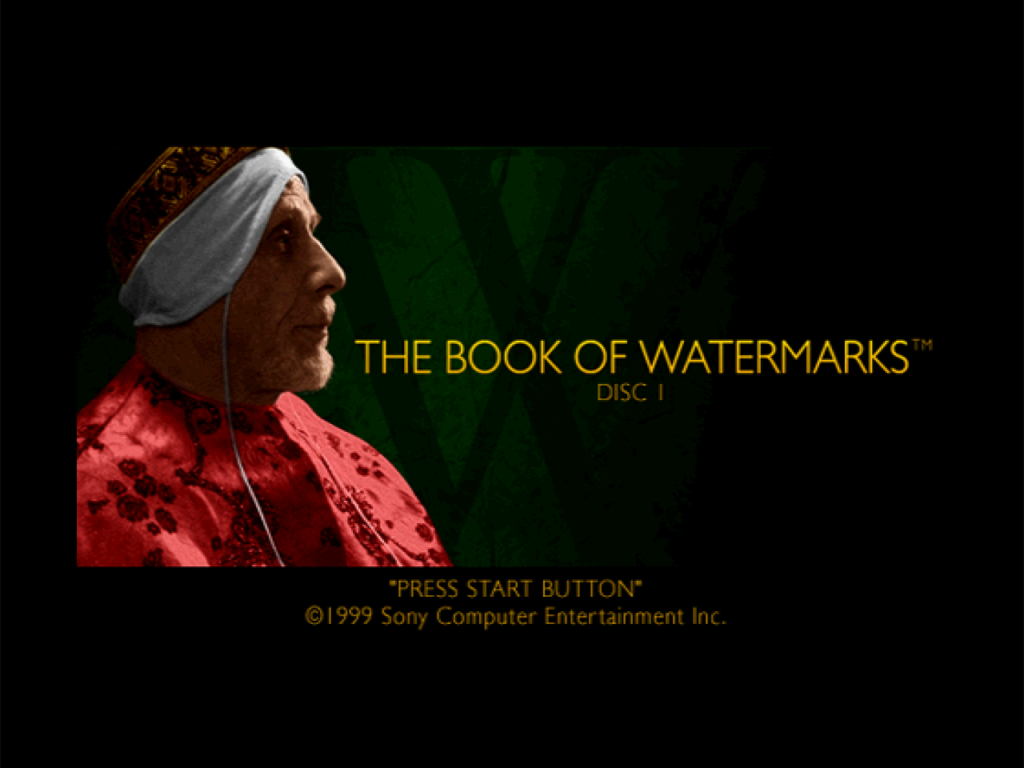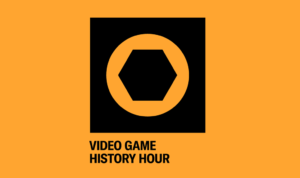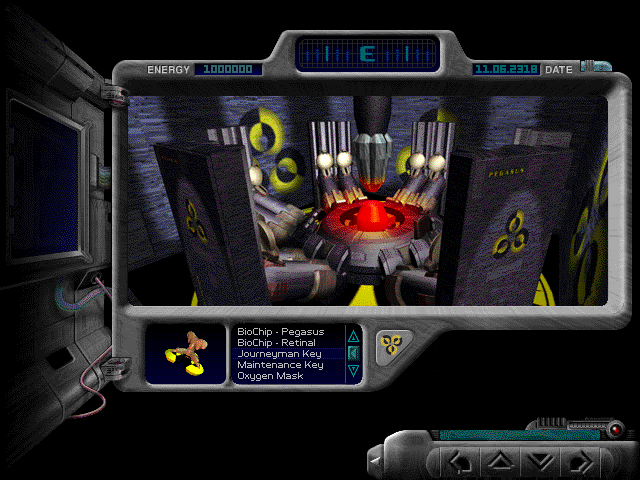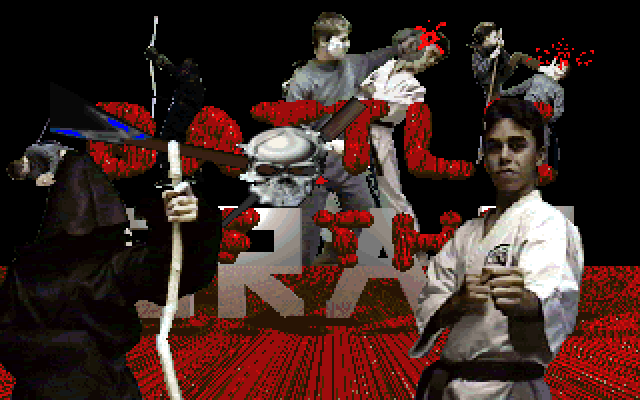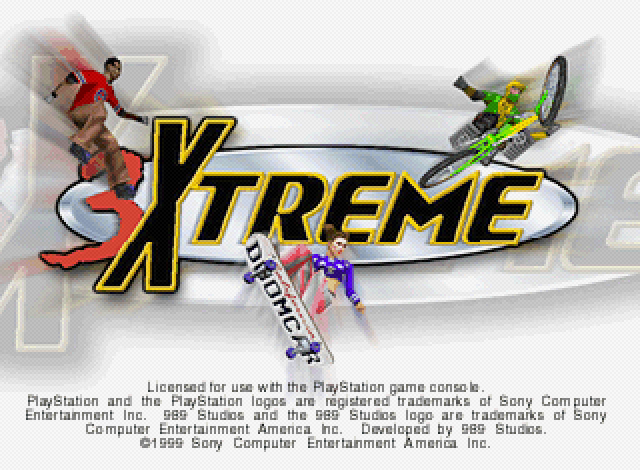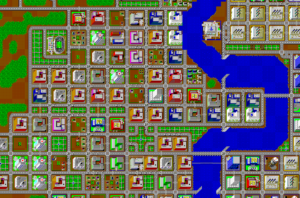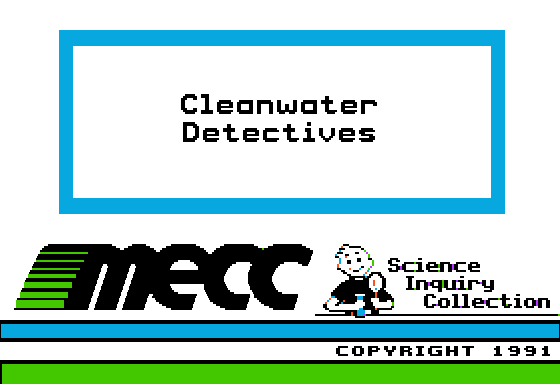The Book of Watermarks 

There was a commercial that aired constantly on TV in the mid-late-90s for Pure Moods, a compilation album of new-age and world music, featuring artists like Enya and Enigma. The commercials promised not just an album but an experience that transported you to a higher realm of inner peace and pure vibes. It was “the soundtrack for your way of life,” the announcer intoned in a deep, breathy voice. Also, for some reason, it had a rave remix of the X-Files theme song.
The Book of Watermarks feels like Pure Moods taking physical form and becoming an entire world. The setting of this 1999 PlayStation game — released exclusively in Japan but mostly in English with Japanese subtitles — is a sprawling Mediterranean villa with gargantuan cathedrals, libraries, and catacombs. Key music was co-composed by Moya Brennan, a musician best known as the lead vocalist of the new-age Celtic band Clannad, in which she briefly performed with her sister, Enya. Brennan’s non-lyrical vocal themes fade through a synthesized orchestra as the camera sweeps across the rocky shores of the islands. The whole production feels gauzy and dreamlike. I don’t think it’s coincidence that the game shares its name with Enya’s dreamy, breakthrough 1988 album Watermark.
What director Takashi Kobayashi and his team created isn’t exactly a living new-age album though, just like it isn’t exactly an adventure game, or an attempt at a cautionary tale about the internet, or a loose adaptation of The Tempest. Remarkably, The Book of Watermarks is all those things, to varying degrees. What they really created is an ornate puzzle box, one that’s more about a sense of place than it is about the puzzles themselves. » Read more about The Book of Watermarks

